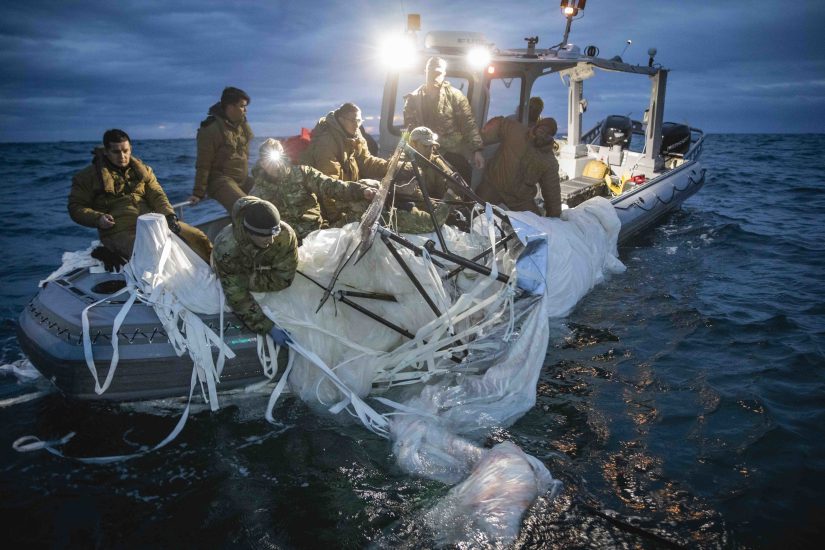There are likely more than 1,000 incursions by unmanned aircraft systems (UAS) along the U.S.-Mexico border each month, said the U.S. Northern Command’s top general during testimony at a Senate Armed Services Committee posture hearing on March 14.
“I don’t know the actual number — I don’t think anybody does — but it’s in the thousands,” said Air Force Gen. Gregory M. Guillot in response to one senator’s query.
When asked about the period of time that it takes to reach that number of incursions, Guillot responded, “I would say in probably over a month. We… probably have over 1,000 a month.”
Though the exact number of UAS incursions along the border remains unknown, Guillot, who took over as commander of Northcom and the North American Aerospace Defense Command on February 5, said he learned the approximate number recently while talking to officials with U.S. Customs and Border Protection and the Department of Justice.
Guillot said he was alarmed to hear about the sheer number of incursions. When asked if they present a defense threat to the United States, Guillot said he hasn’t seen any of the incursions “manifest in a threat to the level of national defense,” but he said he does “see the potential only growing.”
In recent years, members of the US Congress have shown a growing, bipartisan concern about dangerous UAS activity, including activity linked to drug and human traffickers who have used UAS technology to facilitate their illegal operations.
As a command being primarily tasked with continuously providing “worldwide detection, validation and warning of a ballistic missile attack on North America,” NORAD is also charged with providing “continental detection, validation, warning and aerospace control” of airborne threats to North America, including unmanned aircraft systems.
Committee members also asked Guillot if the Department of Defense has a system in place for base commanders to deal with UAS incursions over U.S. military installations.
“The services do have authorities, but work remains to be done to ensure that … we have standardized operating procedures to address those threats,” he said.
Guillot added that he will recommend to the Defense Department, the joint force, and Congress ways NORAD and Northcom can play a role in standardizing procedures once he has completed the 90-day assessment of NORAD and Northcom, which he began last month.
Guillot assured the committee he was able to get a grasp of the size and scope of the UAS issue early on.
“Shortly after taking command and beginning my 90-day assessment, I realised that the challenge of the large increase in the number of incursions by UAS was something that was going to drive and change probably the direction of my first year in command because of that acute number.”
Beyond conventional, human-operated unmanned aircraft systems, Guillot also addressed what lessons NORAD learned from the high-altitude, Chinese balloon incursion over North American airspace in early 2023. Guillot said that NORAD has since adjusted the sensitivity of its radars, allowing the agency to “have better domain awareness in that regime”.
For more information
Image shows sailors assigned to Explosive Ordnance Disposal Group 2 recovering a high-altitude surveillance balloon off the coast of Myrtle Beach, South Carolina, Feb. 5, 2023. (U.S. Navy Photo by Mass Communication Specialist 1st Class Tyler Thompson)




